Nothing special? - In Search of Hidden Treasures in the Heart of the Bakony
What do Bakonynána, Borzavár, Jásd and Nagyesztergár have in common? A unique initiative funded by the VEB2023 ECoC programme this year to explore the hidden cultural gems of the Bakony region. We talked about the project with Mariann Szabó, project manager of the Institute of Advanced Studies (iASK) in Kőszeg, and Hajnalka Márkusné Vörös, programme development adviser of the VEB2023 ECoC.
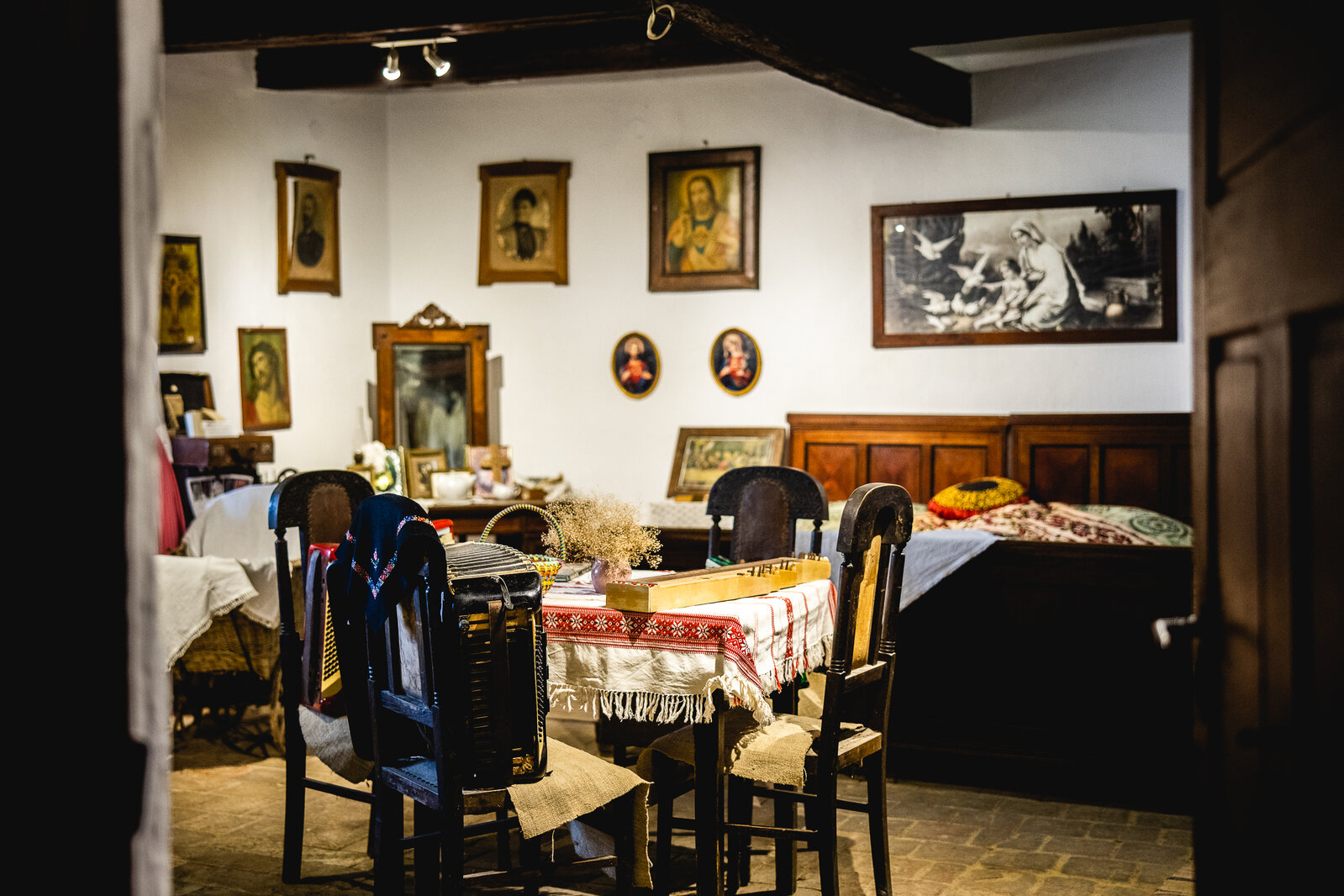
The research was carried out by teams of five experts coordinated by three colleagues from iASK and a fellow from the University of Pannonia. The project is led by Mariann Szabó, whose main area ofexpertise is regional economics and spatial development, which she approaches from a bottom-up sustainability programme perspective on the one hand, and from a regional governance perspective on the other. She has developed several spatial development strategies and says that the VEB2023 ECoC has taken on a huge task in implementing the programme on such a large territorial scale, which has enabled the launch of the four-municipality project "The Jewels of the Bakony".
The point of the project is to do it by taking stock of the values of small villages and settlements, developing content and community involvement, and I think the Bakony is a lucky area because many people have a very strong perception of what a wonderful and unspoilt natural environment it is, with an incredibly rich forest scene and a unique natural heritage. There are few regions that can be so well defined in terms of development policy and whose values are so well identified. But here comes the twist! In this project, we want to highlight precisely what cultural heritage elements can be found in the area in addition to the wonderful natural heritage
- says Mariann, who believes that the team composition of the project was also very colourful. The team of 16 includes geologists, sociologists, historians, economists, tourism and sustainability experts.
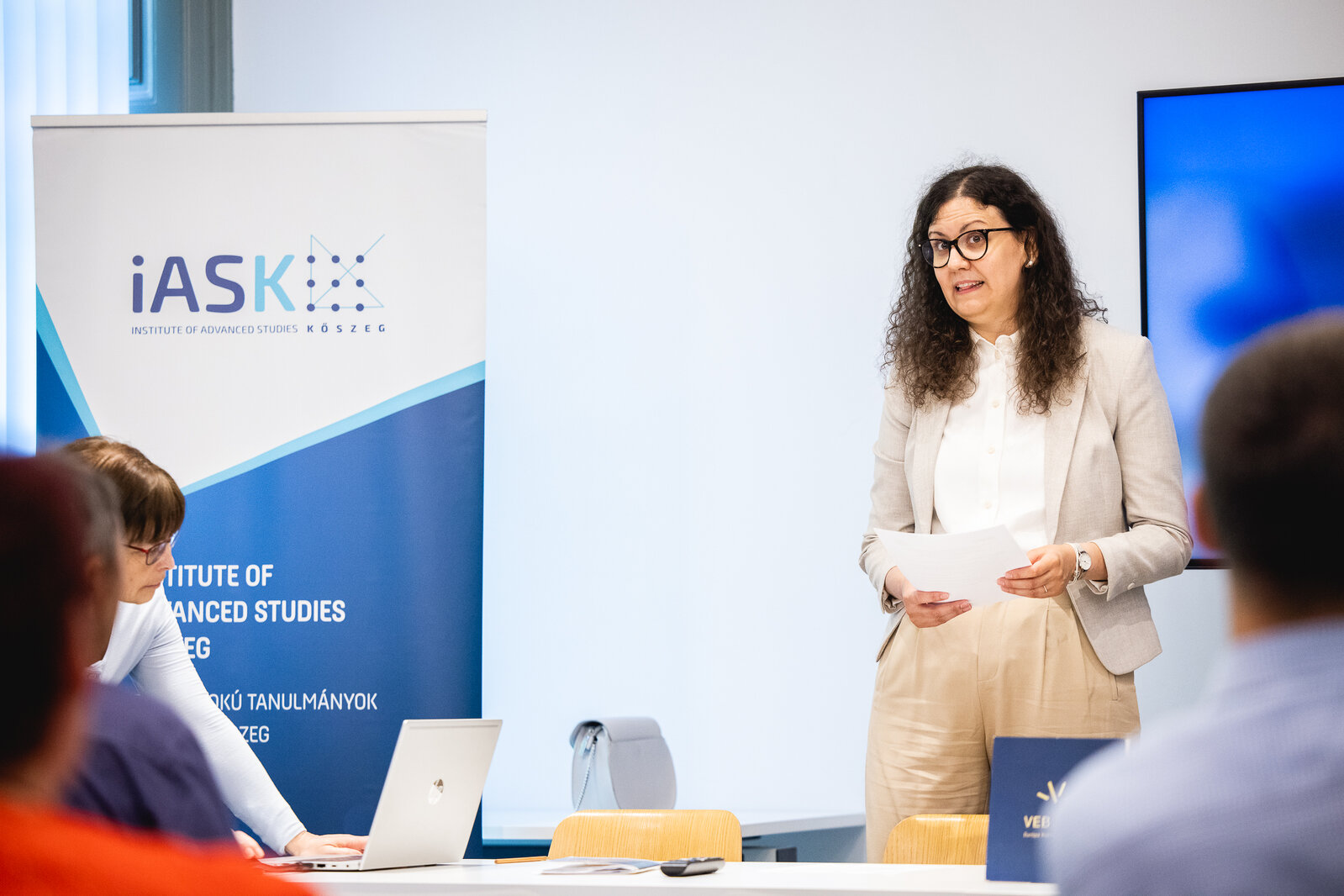
Nothing special?
The name of the project was born from the idea that there are many small municipalities in the region that are loved by the people who live there, yet many people think there is nothing special about them. In fact, as Mariann says, this is the aim of the research: a co-creation process between the development teams coming to the municipalities and the locals, to disprove this statement.
It was a very interesting experience that during the two-week fieldwork we went to Mass in Borzavár, and the parish priest, Zoltán Schäffer, talked about the name of the project in his sermon. He was very taken by the nothing special name, and stressed the importance of being aware of our own values, of passing on and sharing our traditions and customs with others without thinking that the values we have are a cause for extravagance or for setting goals that would endanger the natural, somewhat unspoilt, wild rural image of the Bakony. So there may be those who say that there is nothing special here, but it is the very Bakony charm that makes the area a jewel of a place, truly special in its own right.
Hajnalka Márkusné Vörös, who is assisting the project from the VEB2023 ERC side, also pointed out that although the name Veszprém-Balaton may suggest that the focus is on the Lake Balaton region, the cultural development of the settlements and communities of the Bakony is also of high importance for the ECoC, one important element of which is the research camp involving four settlements.
In the past, the dominant organising force was the Cistercian Order as a spiritual and economic leader, while from the 1950s until the systemic change, the Dudar coal mine with its centre in Zirc provided the region with a very important livelihood and infrastructure, which was soon dissipated after the regime change. The closing down of the mine and the industrial facilities based on it left the town and the region in a vulnerable situation, which has been searching for new content and opportunities ever since. This vulnerable situation was described by one miner: "Our treasures have been taken away, our misery has been left behind.
Hajnalka explains that this is one of the reasons for this feeling of nothing special: there are no jobs, there is no leading settlement, but it was already clear from previous research that these settlements have incredible strengths and internal resources, and that experts can help to identify and strengthen these.
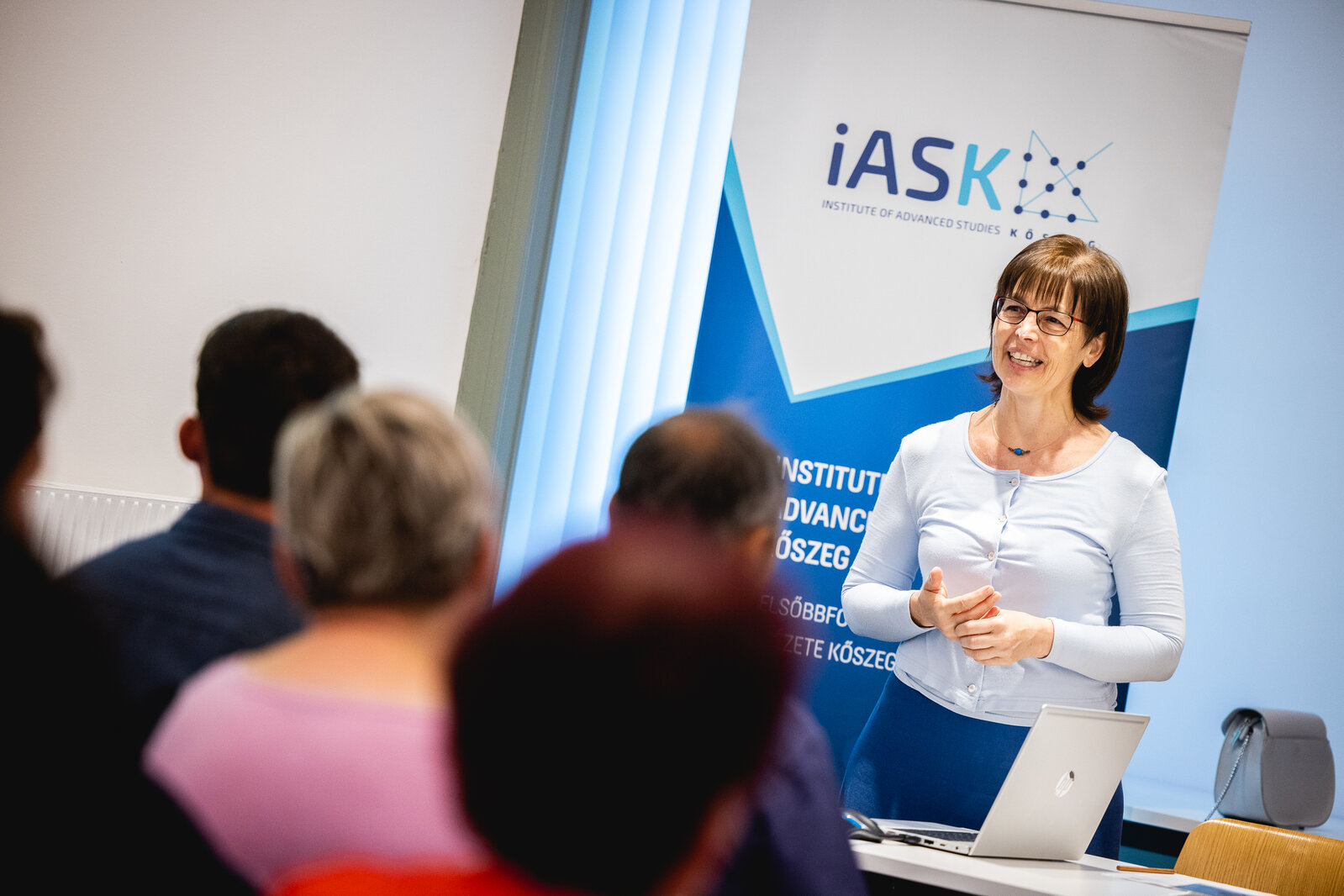
Objectives of the Jewels of the Bakony programme
One of the main development objectives of the programme is clearly community building, which Mariann says has produced tangible results.
It was precisely this co-creation process, which I have already mentioned, that has activated locals to an incredible degree. The fact that the visiting researchers were genuinely interested in what these communities had to offer was a real source of pride. During the two weeks of research, we undertook to bring the region together, and this is also our long-term goal with the programme, both to put the four municipalities on the tourist map and to ensure that they work closely together.
The research also looked at how to improve links with larger settlements or towns like, say, Bakonybél or Zirc. This concept is called the Heart of the Bakony, the idea being that the four municipalities should work together with a larger centre to consolidate their position on the tourism palette.
The fieldwork was carried out with the involvement of local people, and even focused on gastronomic habits. For the series "Fates and Foods", one of the researchers conducted life history interviews with the inhabitants of Bakonynána, mainly from the older generation, resulting in a video and audio material in sixteen parts.

Colourful minority traditions
The region is particularly ethnically diverse, with a large number of inhabitants of German and Slovak origin in the four settlements surveyed, who still cherish and preserve their traditions. The project also aims to strengthen the value of this ethnic diversity and make it more visible to all.
National minority self-governments have been established and are functioning in all four settlements: in Bakonynána, Nagyesztergár and Borzavár they are German, and in Jásd, Slovak. The national minority self-governments have made good use of the opportunities to apply for grants and support national minority education: they run nurseries and schools in all four settlements, they have traditional house-museums and local history collections, which play an important role in preserving the national minority language and culture, in cultivating traditions and are open to the communities of the sister settlements
- we learn from Hajnalka.
Mariann also talks about Swabian traditions.
The question is how they can bring the community together by living the tradition. For example, in Bakonynána there is a dance club where they really dance Swabian dances, which they showed us. And the mayor wants to bring back the tradition of feather-plucking, for example. They could also help to show the younger generation, through experience, what the traditions of the village are. For someone who is aware that he or she comes from a Swabian settlement, for example, it will be a mutually reinforcing process to look after and cherish these traditions, and that's actually the important thing, to preserve diversity in terms of nationalities.
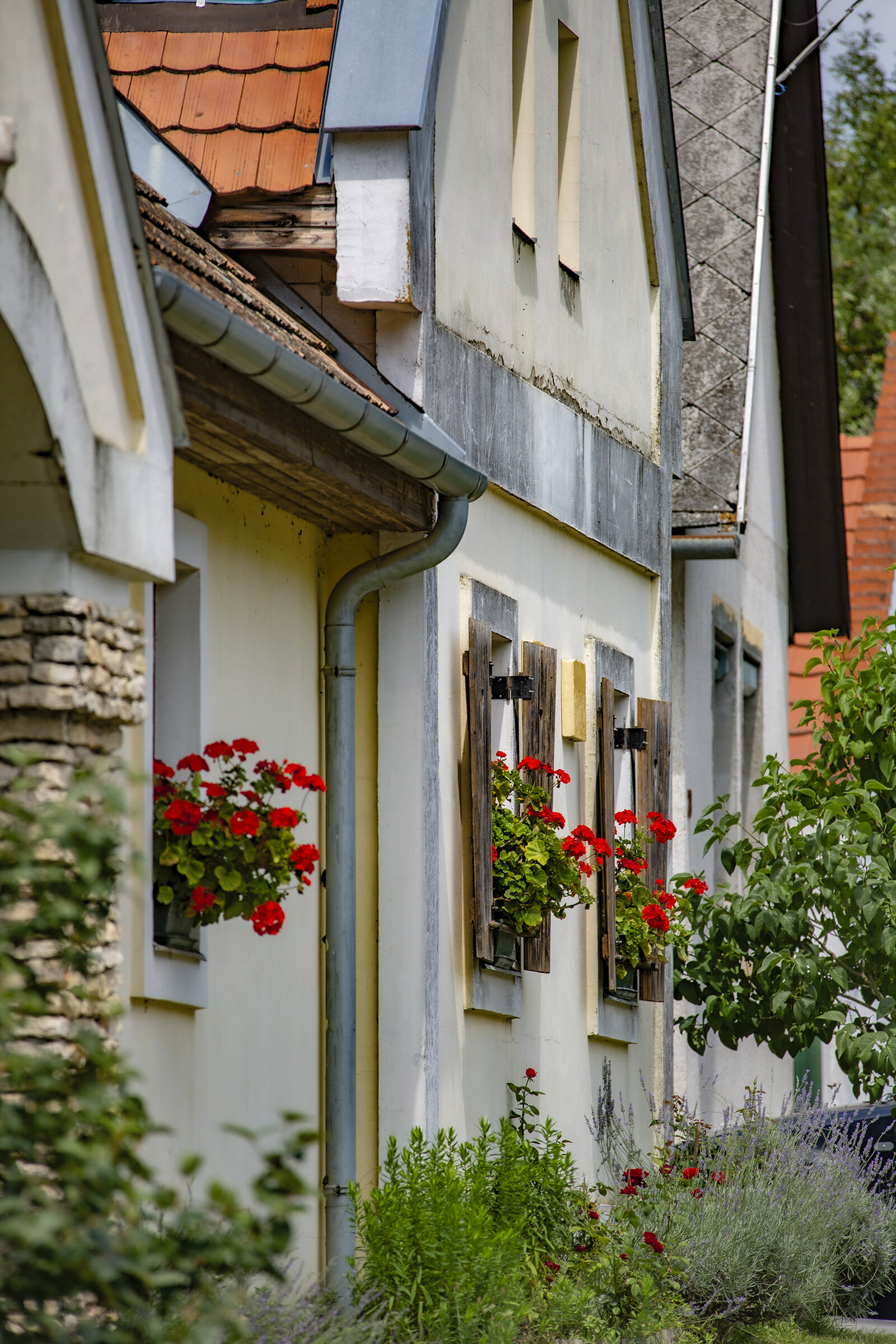
Opening and closing event to frame the research
The main aim of the events held in the municipalities was to appeal to all generations, with the basic expectation that they should be family and child-friendly and provide accessible routes and activities for people with reduced mobility. The opening event in Jásd in July, for example, featured quizzes, crafts, round-table discussions, folk song and dance classes, guided walks and gastronomy.
Every year, iASK organises the so-called Creative Cities Sustainable Countryside Conference, which will take place on 18th and 19th September this year. The main participants will be researchers, who will present their project Nothing special? Jewels of the Bakony! On 25th September, the final event in Bakonynána will mark the end of the research and celebrate the results.
The programme will include guided tours from Bakonynána and Nagyesztergár as well as an insight into the gastronomy of the Bakony. Visitors will also learn the basics of Bakony folk dances and research results will be presented. The day-long programme will end with a round table discussion where the leaders of the four municipalities will summarise and compare experiences.
It's amazing that I often get questions from local people asking when they will hear the results of the research. That's why our final event is so important, because it will be an experiential way of presenting the conclusions of our fieldwork, and we'll be preparing reports and descriptions that summarise the results in a way that can be understood by all.
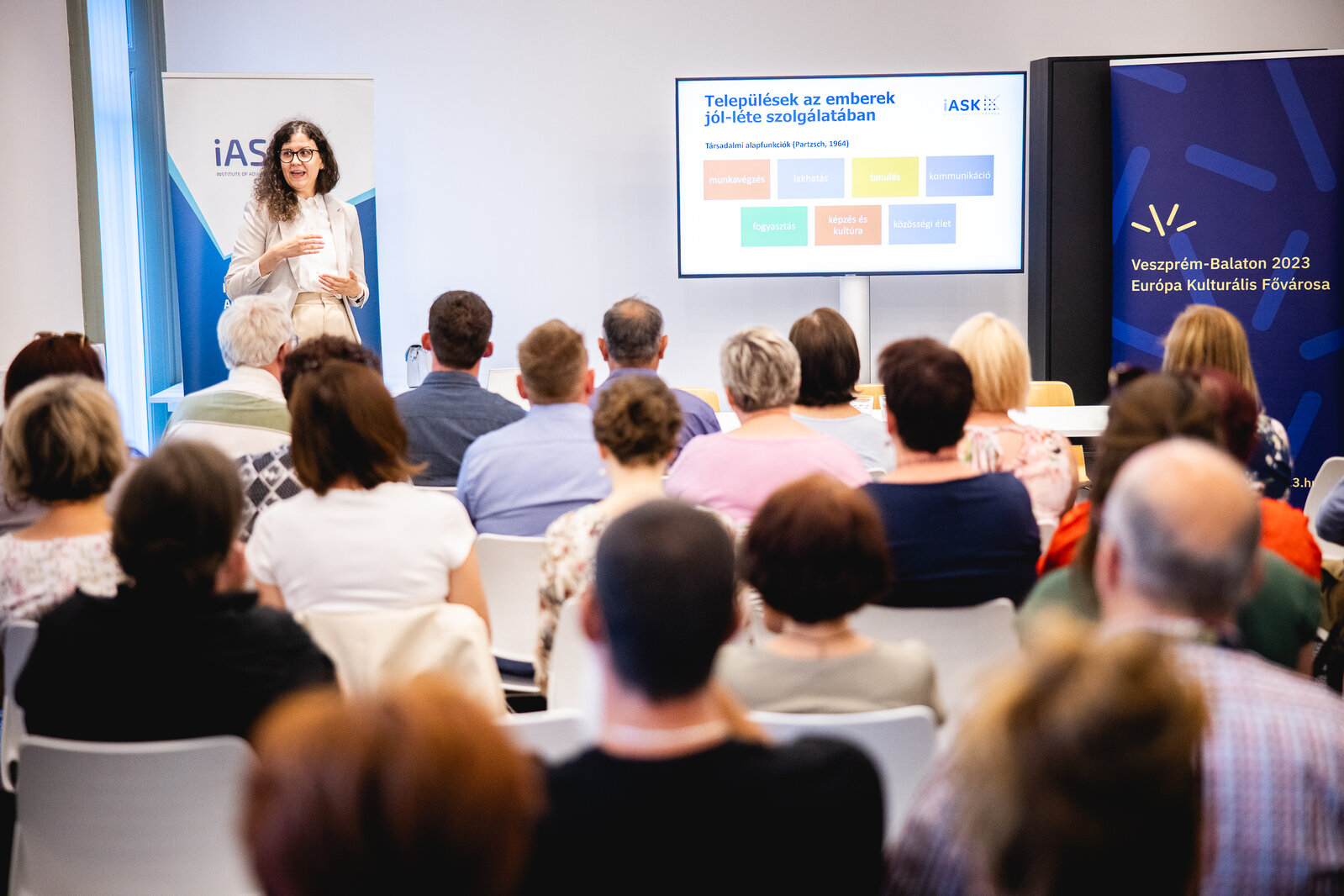
The project continues
Reports on the results of the survey are due by 10th October, but there are also plans to use the huge amount of information gathered over several weeks of work. Experts intend to put together documents that will help and support the communication of the municipalities, mainly to promote the region.
A close relationship has been established between each of the research teams and the municipalities, so we don't want to cut the ties of cooperation once the research is over. The project will officially run until the summer of 2023, and we will try to use the results of the research to create educational posters that municipalities can use and integrate into local programmes. Our aim is not only to leave a mark in terms of spirit and cohesion, but also to be able to deliver finished products that will be used in the future.
